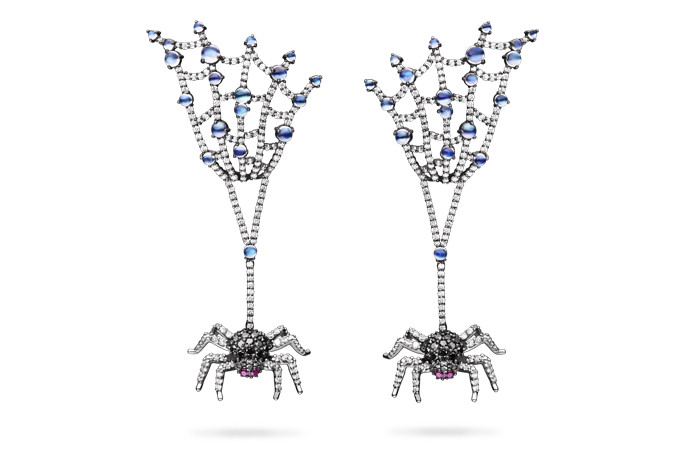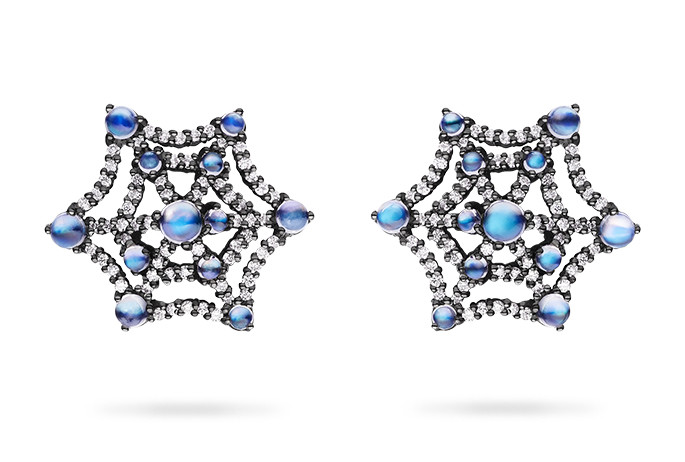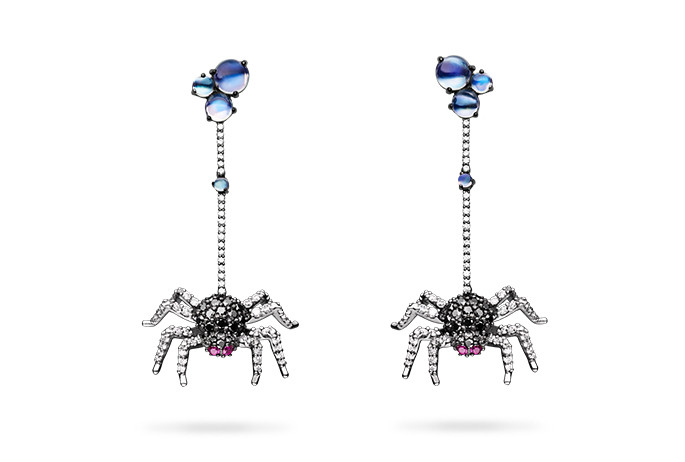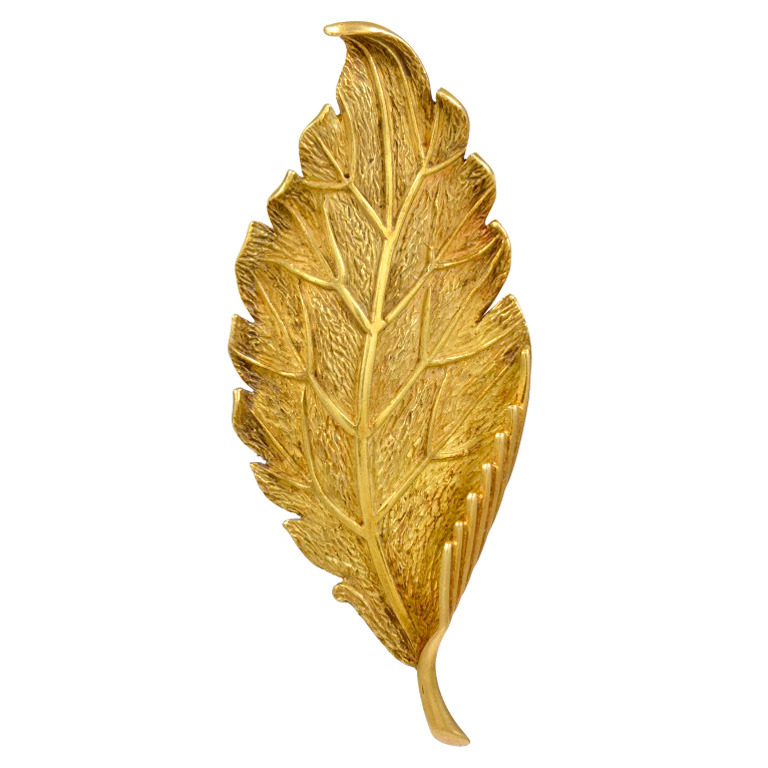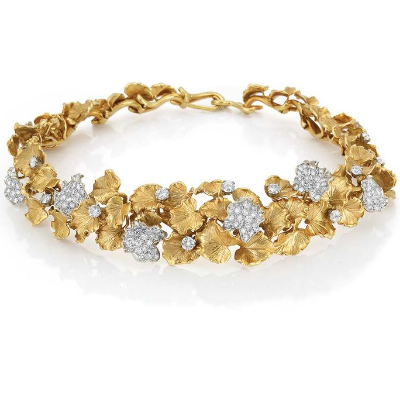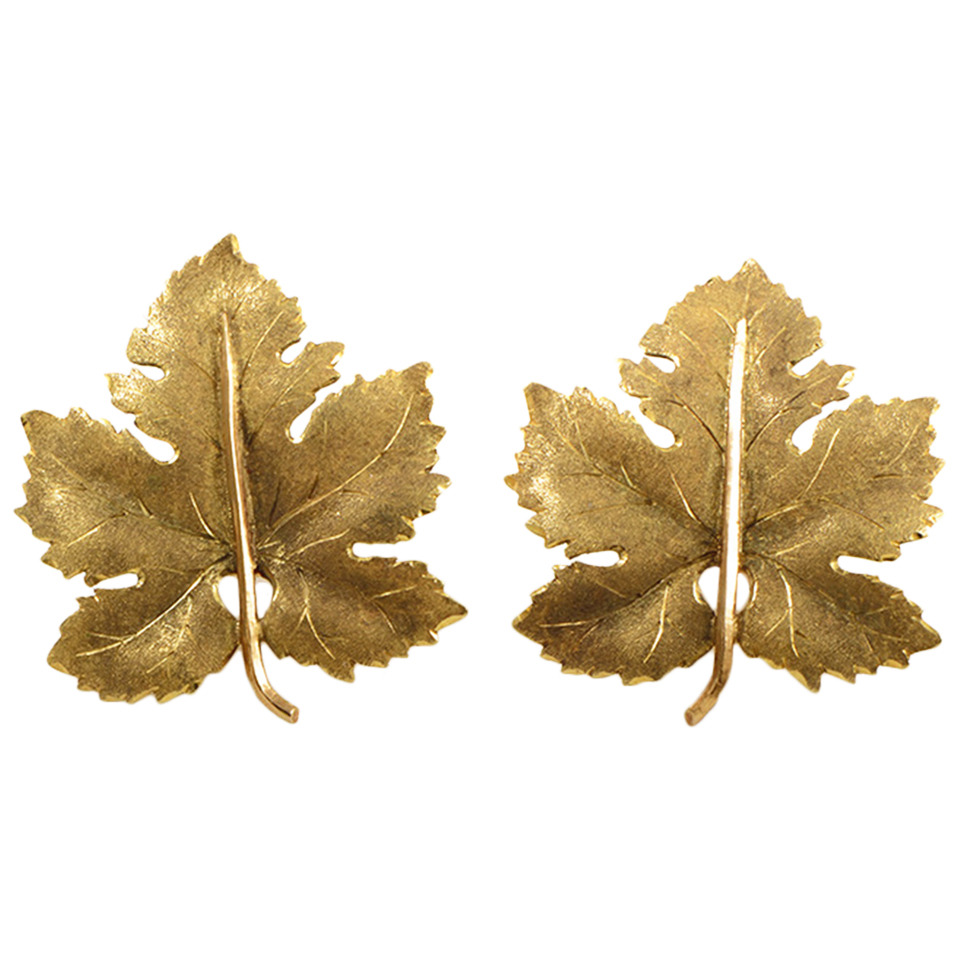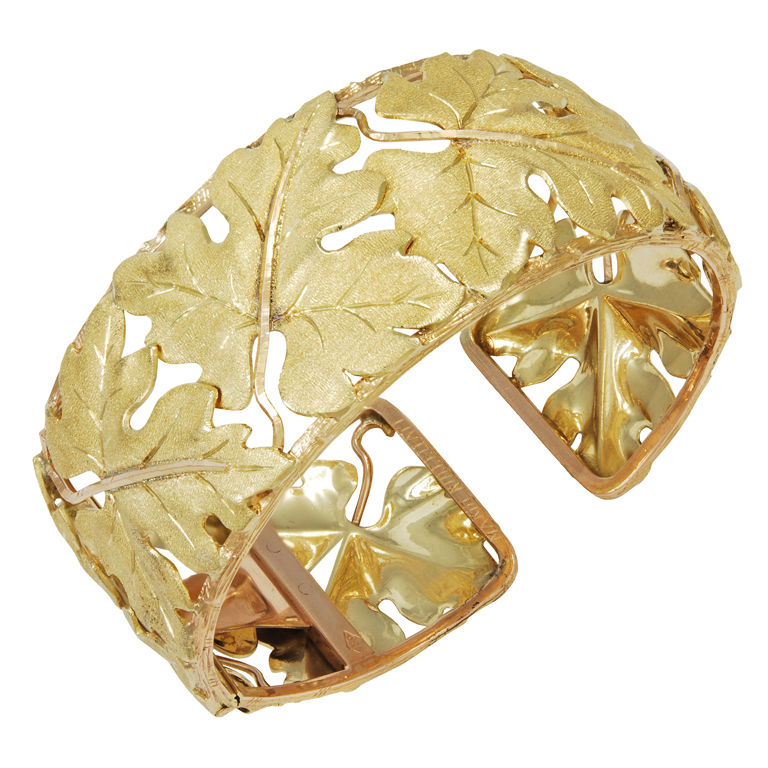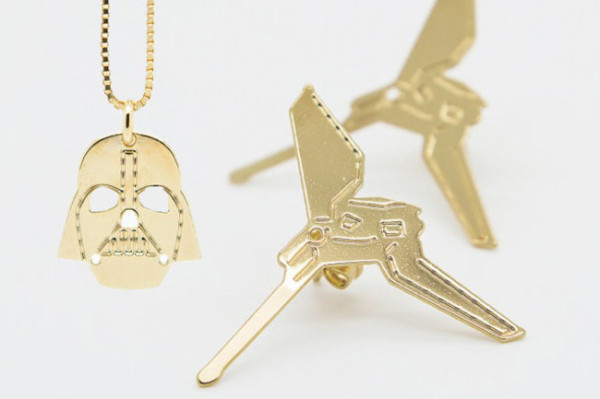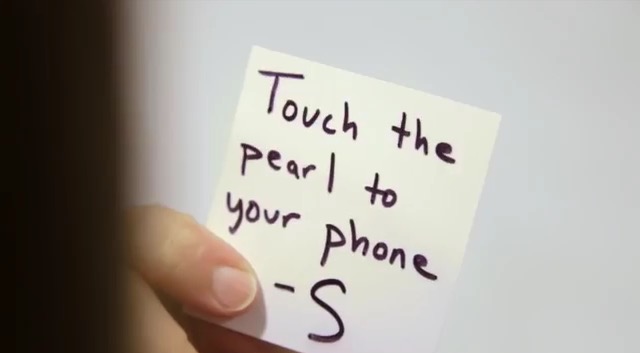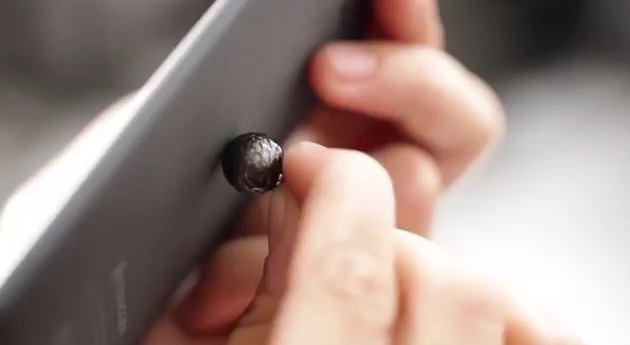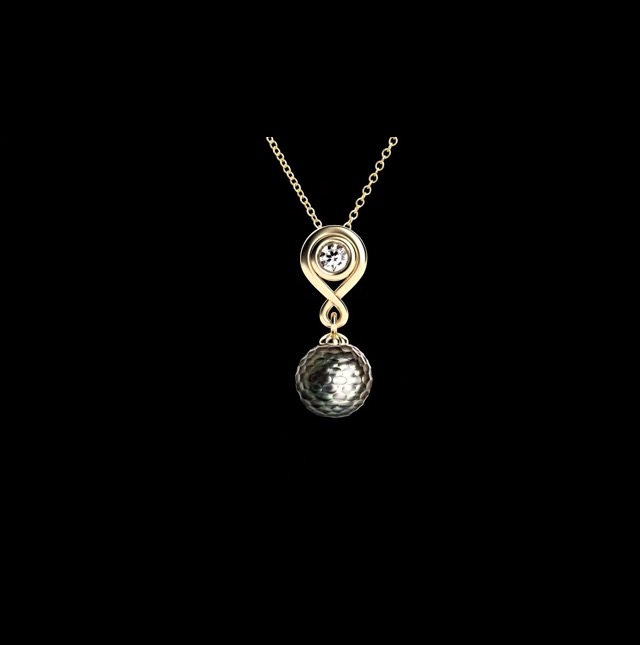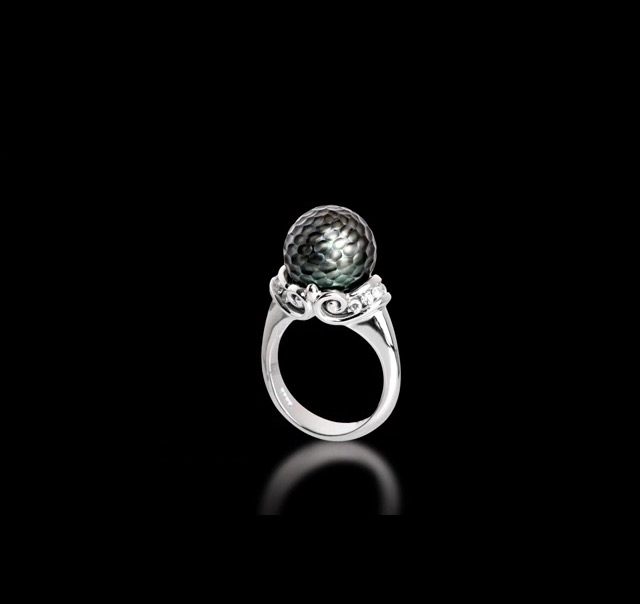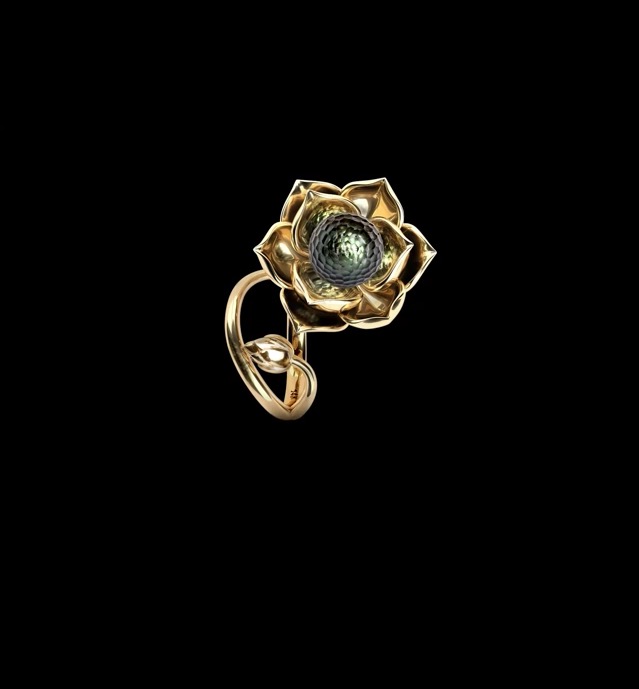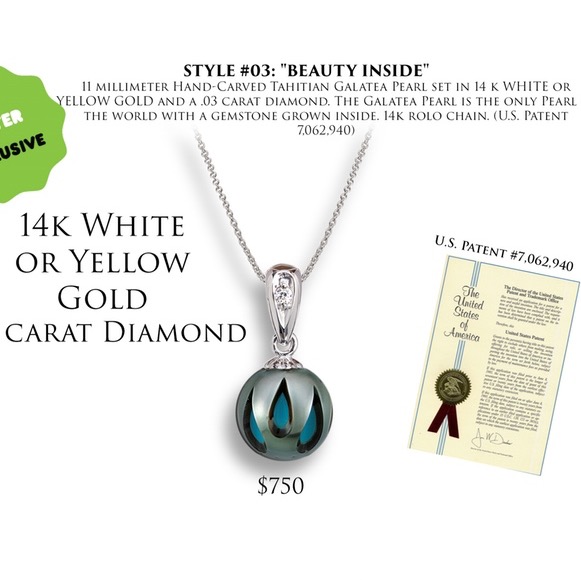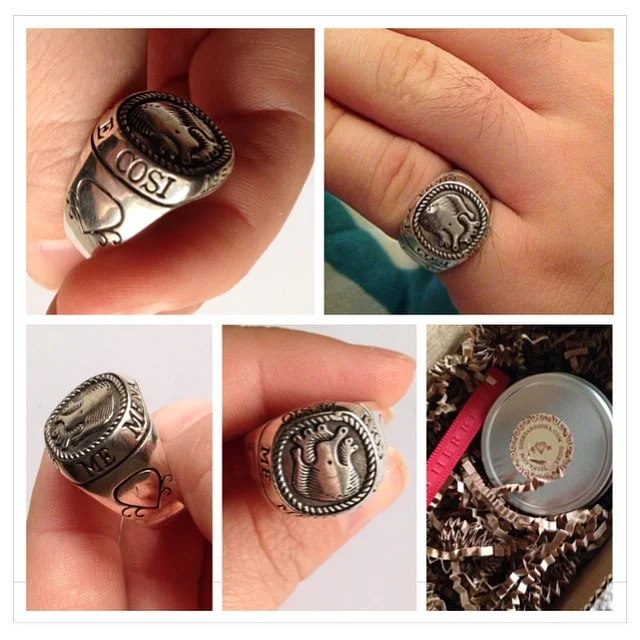A second brooch reinforced her approach. This brooch was a blue bird. Until the twenty-fourth of February 1996, she wore the pin with the bird's head soaring upward. On the afternoon of that day, Cuban fighter pilots shot down two unarmed civilian aircraft over international waters between Cuba and Florida. Three American citizens and one legal resident were killed. At a press conference, Albright denounced both the crime and the perpetrators, "I was especially angered by the macho celebration at the time of the killings. "This is not cojones," I said, "it is cowardice."" To illustrate her feelings, she wore the bird pin with its head pointing down, in mourning. Her comment departed from the niceties of normal diplomatic discourse, and caused an uproar. Albright held her ground. She says of the incident that, "As a rule, I prefer polite talk, but there are moments when only plain speaking will do."
Albright's brooches were often her way of "plain speaking" without saying a word, and over time reporters, staffers and world leaders learned to read her pins. "As it turned out, there were just a lot of occasions to either commemorate a particular event or to signal how I felt," she says. On good days, she wore flowers, butterflies, and balloons, and on bad days, all kinds of bugs and carnivorous animals. Jewelry became part of her personal diplomatic arsenal and everyone had taken notice.
"I had an arrow pin that looked like a missile, and when we were negotiating the Anti-Ballistic Missile Treaty with the Russians, the Russian foreign minister asked, “Is that one of your missile interceptors you’re wearing?” And I responded, “Yes. We make them very small. Let’s negotiate.” Or, after we found that the Russians had planted a listening device—a “bug”—into a conference room near my office in the State Department, the next time I saw the Russians, I wore this huge bug. They got the message."
